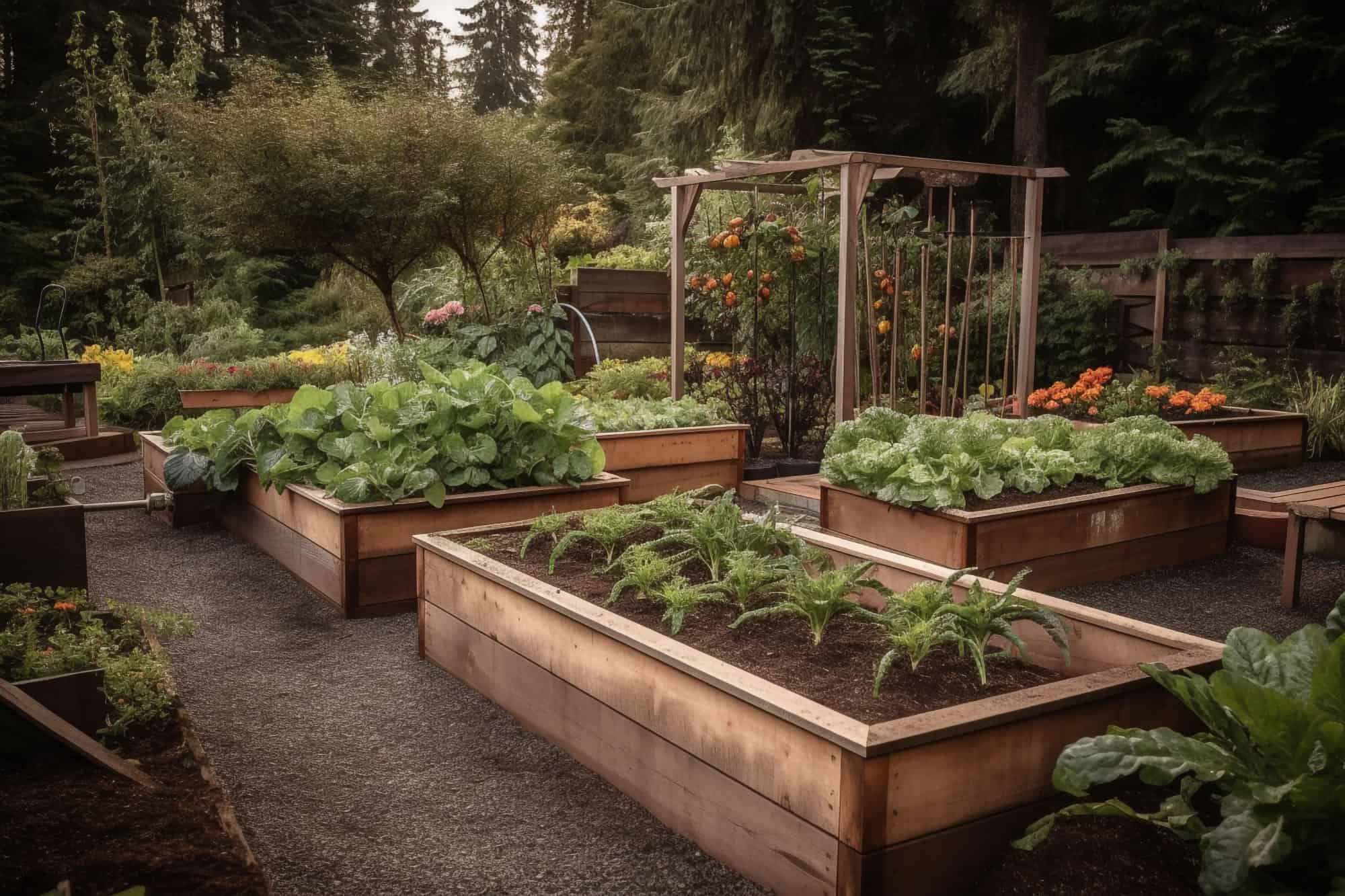

Articles
How High Should Raised Garden Bed Be
Modified: January 6, 2024
Discover the perfect height for your raised garden bed and unleash your gardening potential. Find out the ideal raised bed height for your gardening needs.
(Many of the links in this article redirect to a specific reviewed product. Your purchase of these products through affiliate links helps to generate commission for Storables.com, at no extra cost. Learn more)
Introduction
Welcome to the wonderful world of gardening! Whether you are a seasoned gardener or just starting out, one of the key decisions you may face is choosing the right type of garden bed. One popular option that has gained significant attention in recent years is the raised garden bed.
Raised garden beds offer numerous benefits over traditional in-ground gardens. They provide better drainage, improved soil quality, and easier access for planting, weeding, and harvesting. Additionally, raised garden beds can extend the growing season, and they are a great option for those with limited space or poor soil conditions.
However, before you dive into the world of raised garden beds, it is important to consider various factors, such as the height of the bed. Determining the appropriate height for your raised garden bed is crucial to ensure optimal growing conditions for your plants and the comfort of the gardener.
In this article, we will explore the benefits of raised garden beds, the factors to consider when determining the bed height, the recommended height for raised garden beds, and the different types of materials you can use to construct your raised garden bed.
Key Takeaways:
- Optimal raised garden bed height is 18 inches, providing ample soil depth and comfortable gardening. Consider plant needs, accessibility, and aesthetic preferences when determining the height.
- Materials like wood, composite, stone, metal, or concrete blocks offer diverse options for constructing raised garden beds. Choose based on budget, aesthetics, climate, and maintenance requirements.
Read more: How High Should A Raised Garden Bed Be
Benefits of Raised Garden Beds
Raised garden beds offer a multitude of advantages that make them a popular choice for both experienced and novice gardeners. Let’s delve into some of these benefits:
- Improved Soil Quality: One of the primary advantages of raised garden beds is the ability to have control over the soil quality. You can fill your raised beds with a customized soil mix, ensuring it is rich in organic matter and nutrients. This allows for optimal plant growth and healthier crops.
- Better Drainage: Raised garden beds provide excellent drainage, preventing waterlogging and creating a well-aerated environment for your plants. This is especially beneficial in areas with heavy rainfall or compacted soil.
- Reduced Weeding: The elevated design of raised garden beds helps to minimize the intrusion of weeds. By creating a defined space for planting, it becomes easier to control and prevent weed growth, saving you time and effort in the long run.
- Improved Accessibility: The raised height of these beds reduces the strain on your back and knees, making it easier to tend to your garden. This is particularly beneficial for older gardeners or those with physical limitations.
- Extended Growing Season: Raised garden beds can warm up faster in the spring and retain heat better in the cooler months. This allows for an extended growing season, enabling you to plant and grow a wider variety of crops.
- Protection from Pests: Raised garden beds offer an added layer of protection against pests, such as rabbits and slugs. Installing barriers or covers can help safeguard your plants and minimize the risk of damage.
- Improved Aesthetics: Raised garden beds can be visually appealing and enhance the overall aesthetics of your outdoor space. They can be designed in various styles, shapes, and materials, allowing you to customize them to complement your garden’s theme.
With all of these benefits, it is no surprise that raised garden beds have become increasingly popular. Now that we understand the advantages, let’s explore the factors to consider when determining the height of your raised garden bed.
Factors to Consider when Determining the Height of Raised Garden Beds
When determining the height of your raised garden bed, it is essential to take several factors into consideration. Here are some factors to keep in mind:
- Planting Depth: Consider the root depth requirements of the plants you intend to grow. Some plants have shallow roots, while others require more depth to thrive. Ensure that the height of your raised bed will provide enough soil depth for your plant’s roots to spread and grow.
- Accessibility: Think about who will be tending to the garden. If you have mobility issues or limited mobility, a taller raised bed may be more convenient to work with, as it reduces the need for excessive bending or kneeling. On the other hand, if children will be involved in gardening, a lower bed height will be more suitable for their reach.
- Drainage and Water Retention: Consider the water drainage and retention requirements of your plants. While raised garden beds offer excellent drainage, plants that require more water retention may benefit from a deeper bed to accommodate a thicker layer of moisture-retaining soil or mulch.
- Soil Composition: Evaluate the quality and composition of your existing soil. If you have poor-quality soil or heavy clay, a higher raised bed height may be preferable to ensure better drainage and provide more control over the soil composition.
- Garden Design: Consider the overall aesthetic and design of your garden. The height of your raised bed should complement the surrounding plants, structures, and garden layout. It should enhance the visual appeal of the space rather than overpowering it.
- Budget and Materials: The height of your raised garden bed may also be influenced by the materials you choose for construction. Taller beds may require more materials, which can add to the cost. Consider your budget and choose a height that strikes a balance between functionality and affordability.
By taking these factors into account, you can determine the appropriate height for your raised garden bed and create an ideal environment for your plants to thrive. Now, let’s explore the recommended height for raised garden beds.
A raised garden bed should be at least 6-12 inches high to provide enough depth for plant roots to grow. However, if you have poor soil or want to minimize bending, consider a height of 18-24 inches.
Recommended Height for Raised Garden Beds
While there is no one-size-fits-all answer when it comes to the height of raised garden beds, there are some general guidelines to consider. The recommended height for raised garden beds typically ranges from 12 to 24 inches (30 to 61 cm) high.
For most gardeners, a height of 18 inches (46 cm) is a good starting point. This height allows for ample soil depth, making it suitable for a wide range of plants. It also provides a comfortable working height, reducing strain on the back and knees.
However, certain factors may influence the ideal height for your raised garden beds:
- Planting Requirements: If you plan to grow deep-rooted vegetables or plants with specific soil needs, you may need to opt for a higher bed. This will provide the necessary depth for root development and accommodate additional soil amendments.
- Accessibility: Consider the physical ability of the gardeners who will be tending to the raised beds. If you have limited mobility or accessibility concerns, a lower bed height, around 12 to 16 inches (30 to 41 cm), may be more suitable.
- Aesthetic Preferences: The height of your raised garden bed can also be influenced by the overall design and style of your garden. If you prefer a more elevated and visually impactful garden bed, opting for a taller height may be preferable.
- Specific Purpose: Consider the purpose of your raised garden bed. If you are creating a bed solely for decorative plants or herbs, a lower height may be sufficient. However, if you are aiming to grow vegetables or larger plants, a taller bed will provide more versatility and growing space.
- Personal Preference: Ultimately, the height of your raised garden beds should align with your personal preferences and gardening goals. Take into account your comfort level, gardening experience, and the specific plants you want to cultivate.
Remember, it is always better to err on the side of caution and opt for a slightly higher height if you are undecided. You can always add additional soil as needed to accommodate the root depth requirements of your plants.
Now that you have a better understanding of the recommended height for raised garden beds, let’s explore the different types of materials you can use to construct your raised garden bed.
Types of Materials for Raised Garden Beds
When it comes to constructing your raised garden bed, there is a wide range of materials to choose from. Each material has its own set of advantages and considerations. Let’s explore some common options:
- Wood: Wood is a popular choice for raised garden beds due to its natural look and versatility. Cedar and redwood are commonly used as they are naturally resistant to rot and insects. Wood is relatively easy to work with and provides excellent insulation for the soil. However, it may require periodic maintenance, such as sealing or staining, to prolong its lifespan.
- Composite Materials: Composite materials, such as recycled plastic or composite boards, offer the benefits of durability and low maintenance. They are resistant to rot, pests, and weathering. Composite materials are also eco-friendly, as they are made from recycled materials. While they may be more expensive upfront, they can provide long-term savings and durability.
- Stone or Bricks: Constructing raised garden beds with stone or bricks can create a beautiful and timeless look. These materials are durable, long-lasting, and provide excellent insulation for the soil. However, they can be more labor-intensive to install and may require the expertise of a mason to ensure stability.
- Metal: Metal raised garden beds, such as steel or aluminum, offer a modern and sleek aesthetic. They are durable, long-lasting, and resistant to rot and pests. Metal beds can withstand extreme weather conditions, making them suitable for all climates. However, they have higher heat absorption, which can potentially impact soil temperature.
- Concrete Blocks: Concrete blocks are a cost-effective and durable choice for raised garden beds. They provide stability and can create a clean and neat look. Concrete blocks can be stacked to achieve the desired bed height and can withstand harsh weather conditions. However, they may not offer adequate insulation for colder climates.
When deciding on the material for your raised garden bed, consider factors such as your budget, aesthetic preferences, climate, and maintenance requirements. It is also important to choose materials that are safe for growing food, especially if you plan to grow vegetables or herbs in your raised beds.
Now that you are familiar with the different materials available, it’s time to put your knowledge into action and create your perfect raised garden bed. Happy gardening!
Conclusion
Congratulations! You are now equipped with the knowledge to make informed decisions when it comes to creating your raised garden bed. We have explored the benefits of raised garden beds, the factors to consider when determining the height, the recommended height range, and the different materials you can use for construction.
Remember, raised garden beds offer numerous advantages, including improved soil quality, better drainage, reduced weeding, improved accessibility, an extended growing season, protection from pests, and enhanced aesthetics. These benefits make raised garden beds a fantastic option for both experienced and novice gardeners.
When determining the height of your raised bed, consider factors such as the planting depth required for your plants, accessibility needs, drainage and water retention, soil composition, garden design, and your budget. By taking these factors into account, you can create an optimal growing environment for your plants and ensure a comfortable gardening experience for yourself.
In terms of the recommended height range, aim for a height of around 18 inches (46 cm) as a starting point. However, feel free to adjust this based on your specific needs and preferences. Remember, it’s always better to go slightly higher if you are unsure, as you can add more soil if needed.
When it comes to materials, consider options such as wood, composite materials, stone or bricks, metal, or concrete blocks. Each material has its own benefits and considerations, so choose one that aligns with your budget, aesthetic preferences, climate, and maintenance requirements.
Now, armed with this knowledge, it’s time to get your hands dirty and bring your raised garden bed to life. Enjoy the process of planning, constructing, and nurturing your garden, and savor the joy of harvesting fresh, homegrown produce. Happy gardening!
Frequently Asked Questions about How High Should Raised Garden Bed Be
Was this page helpful?
At Storables.com, we guarantee accurate and reliable information. Our content, validated by Expert Board Contributors, is crafted following stringent Editorial Policies. We're committed to providing you with well-researched, expert-backed insights for all your informational needs.
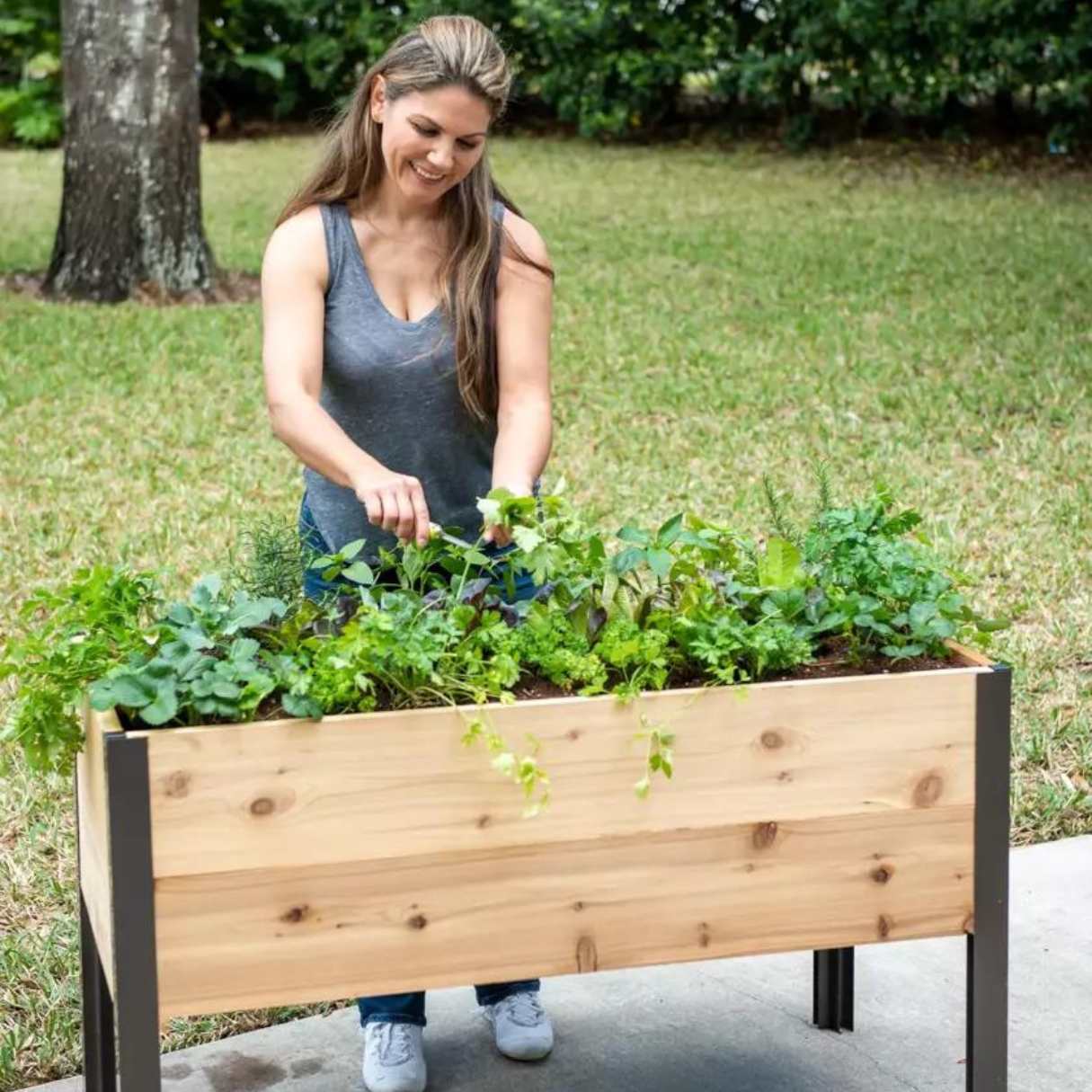
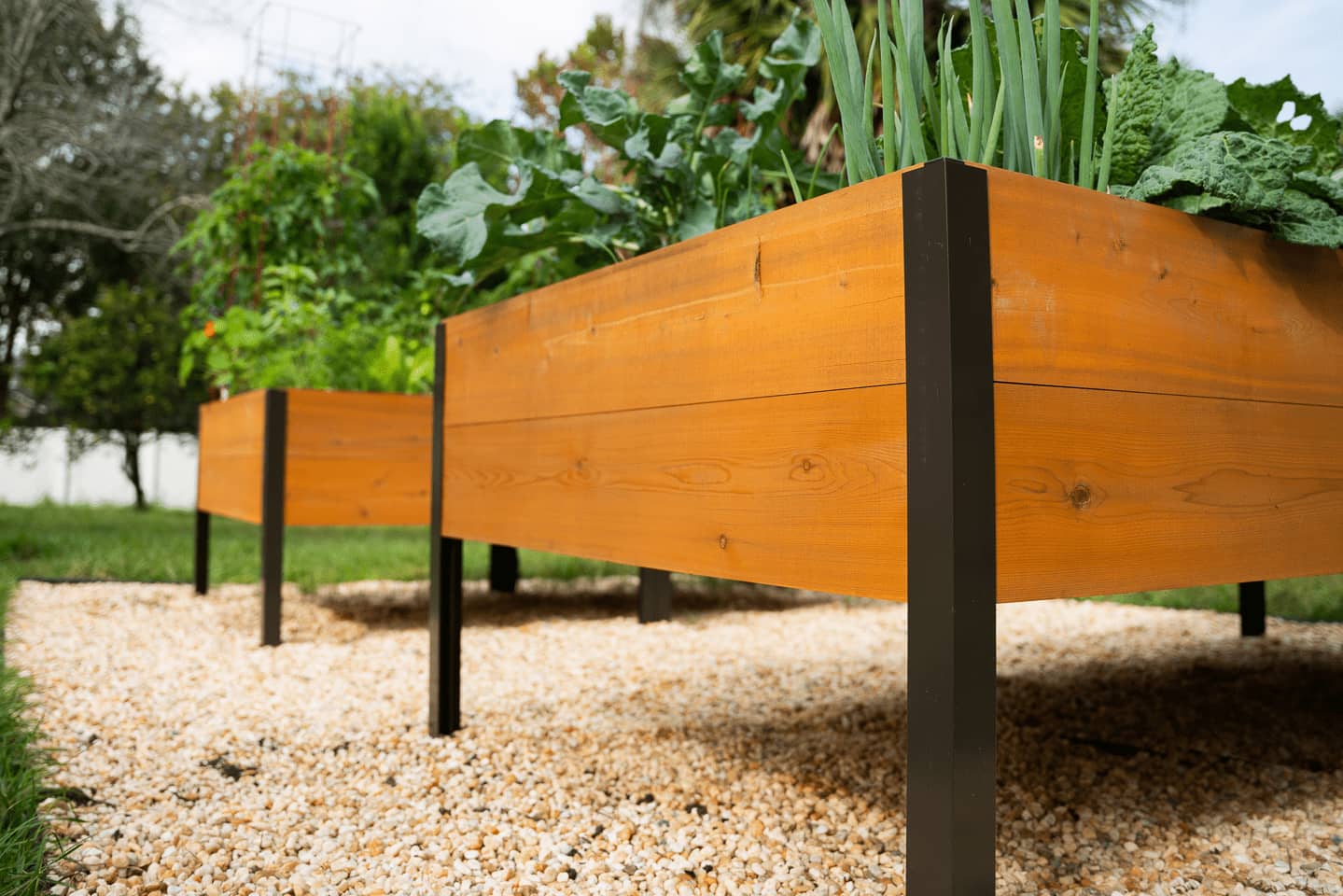

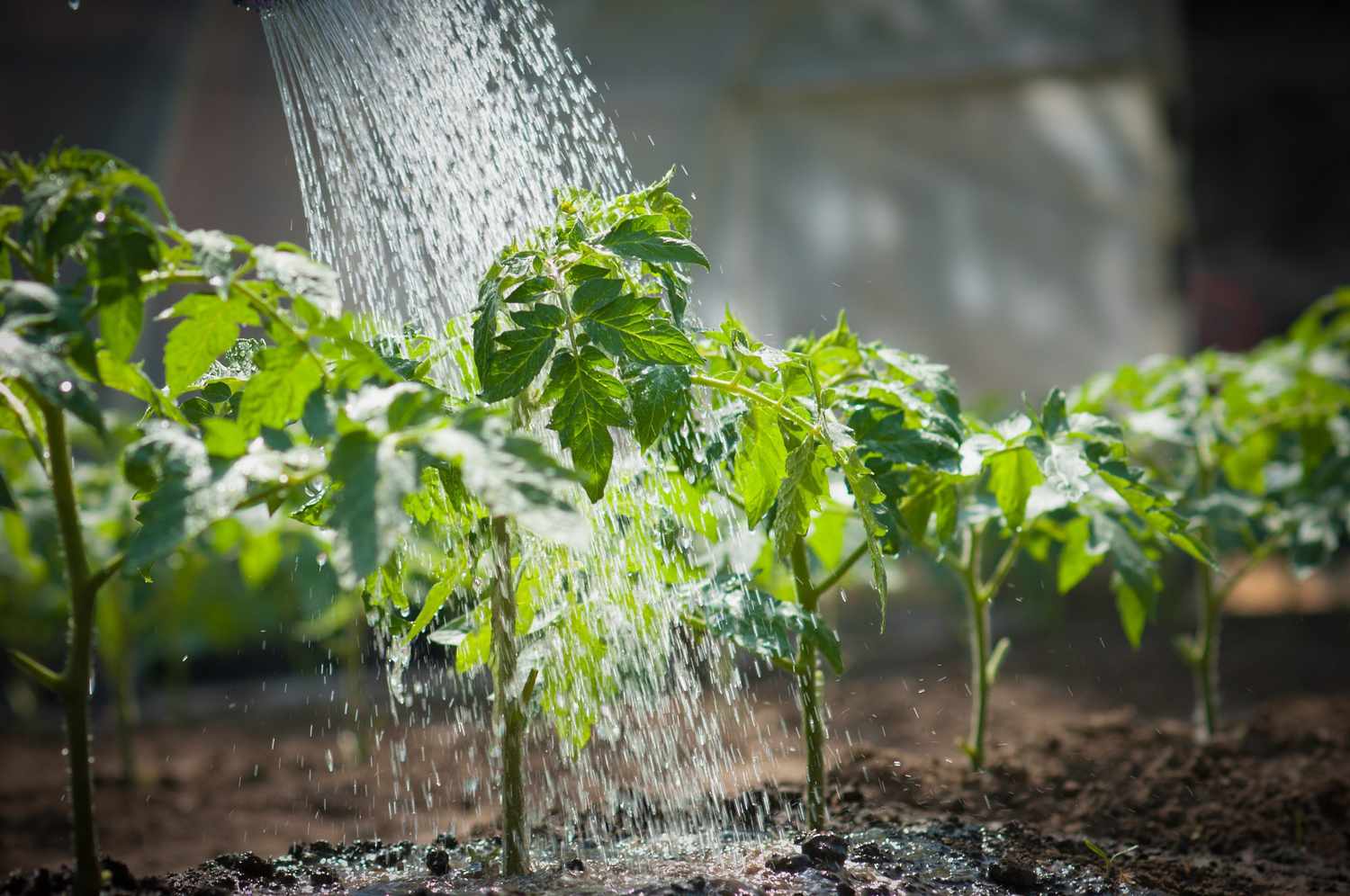
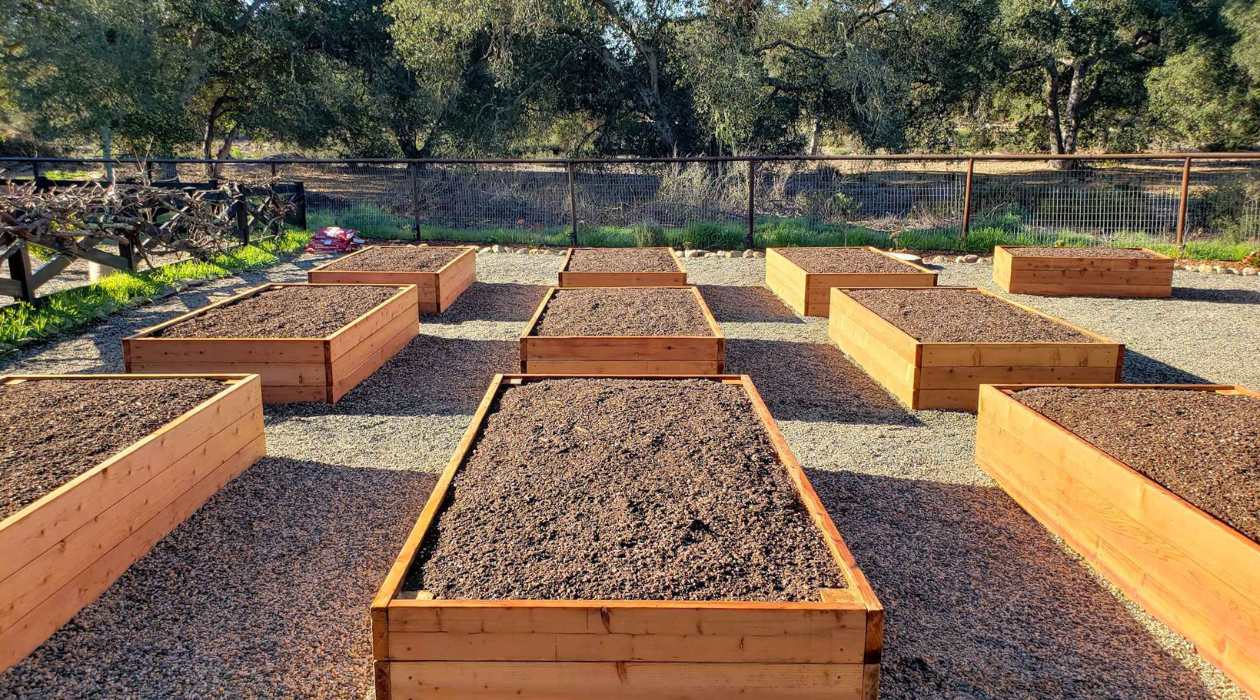
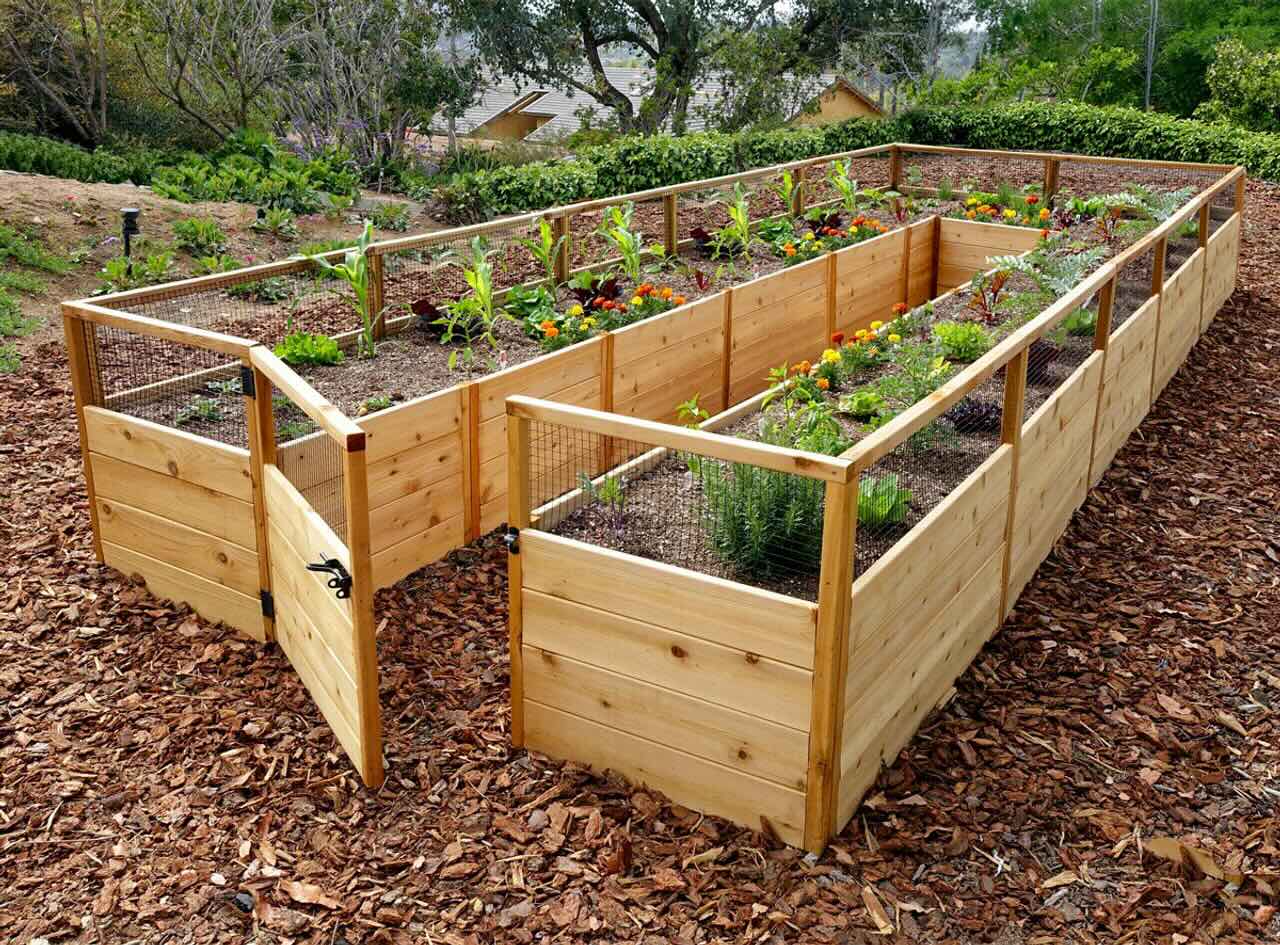
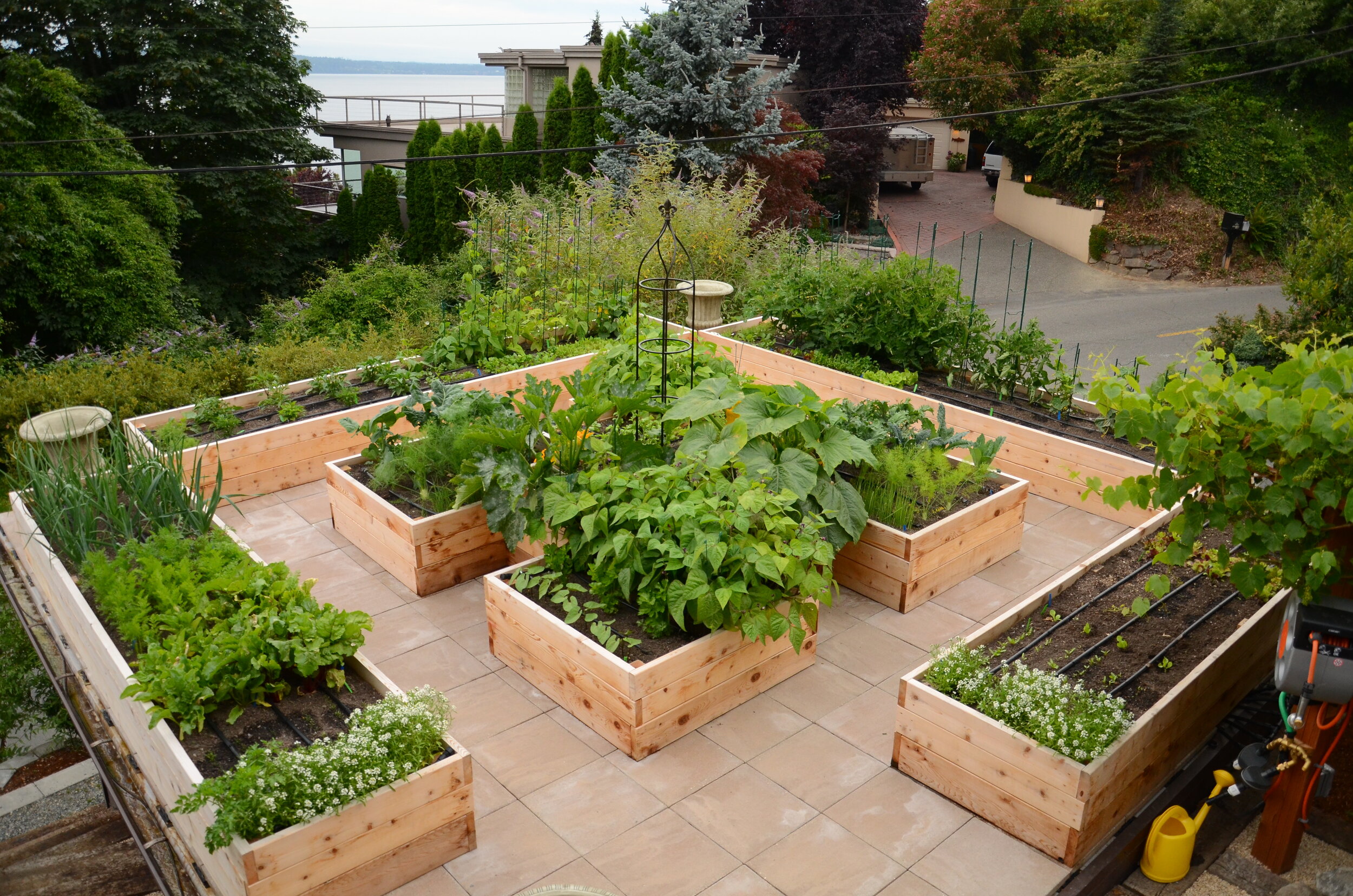
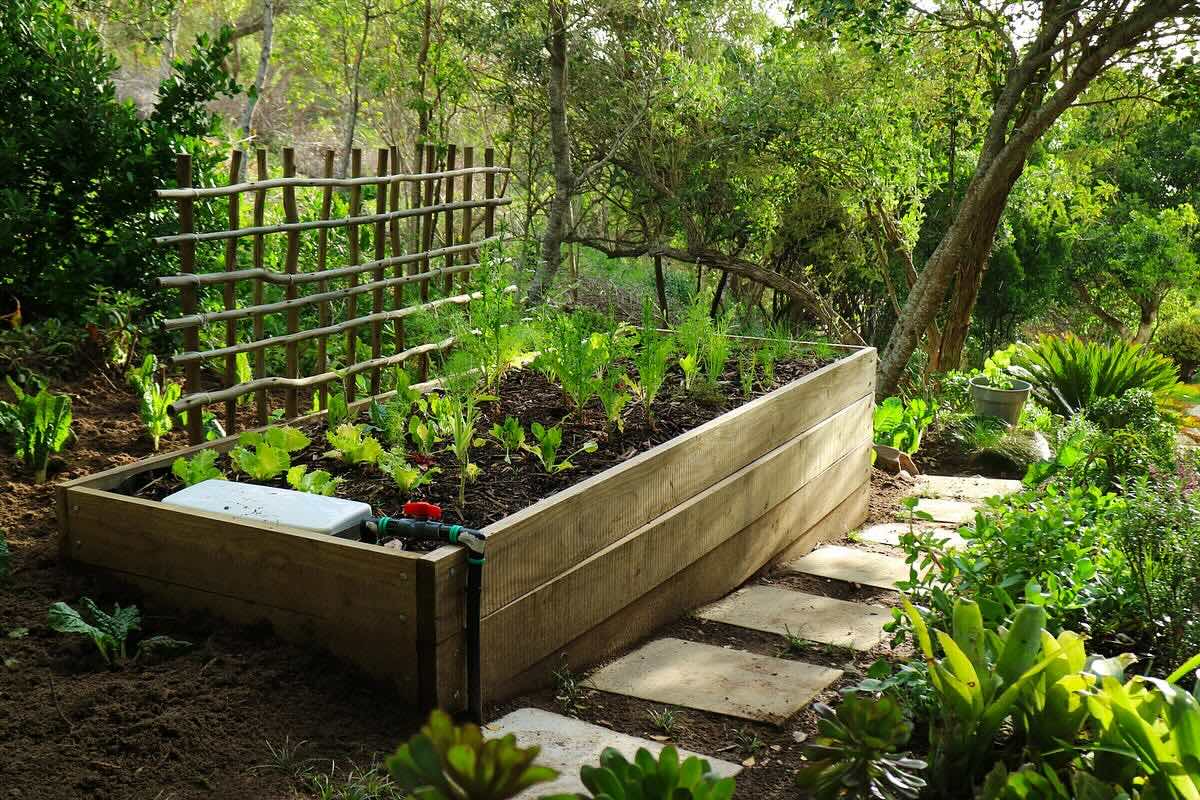



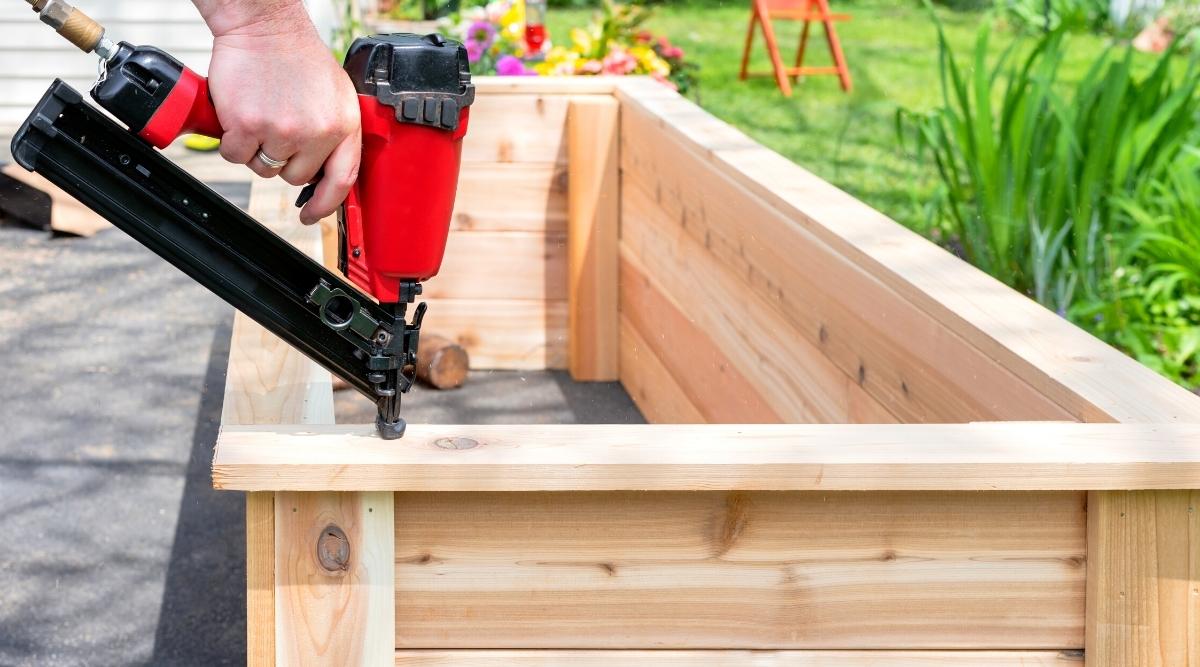

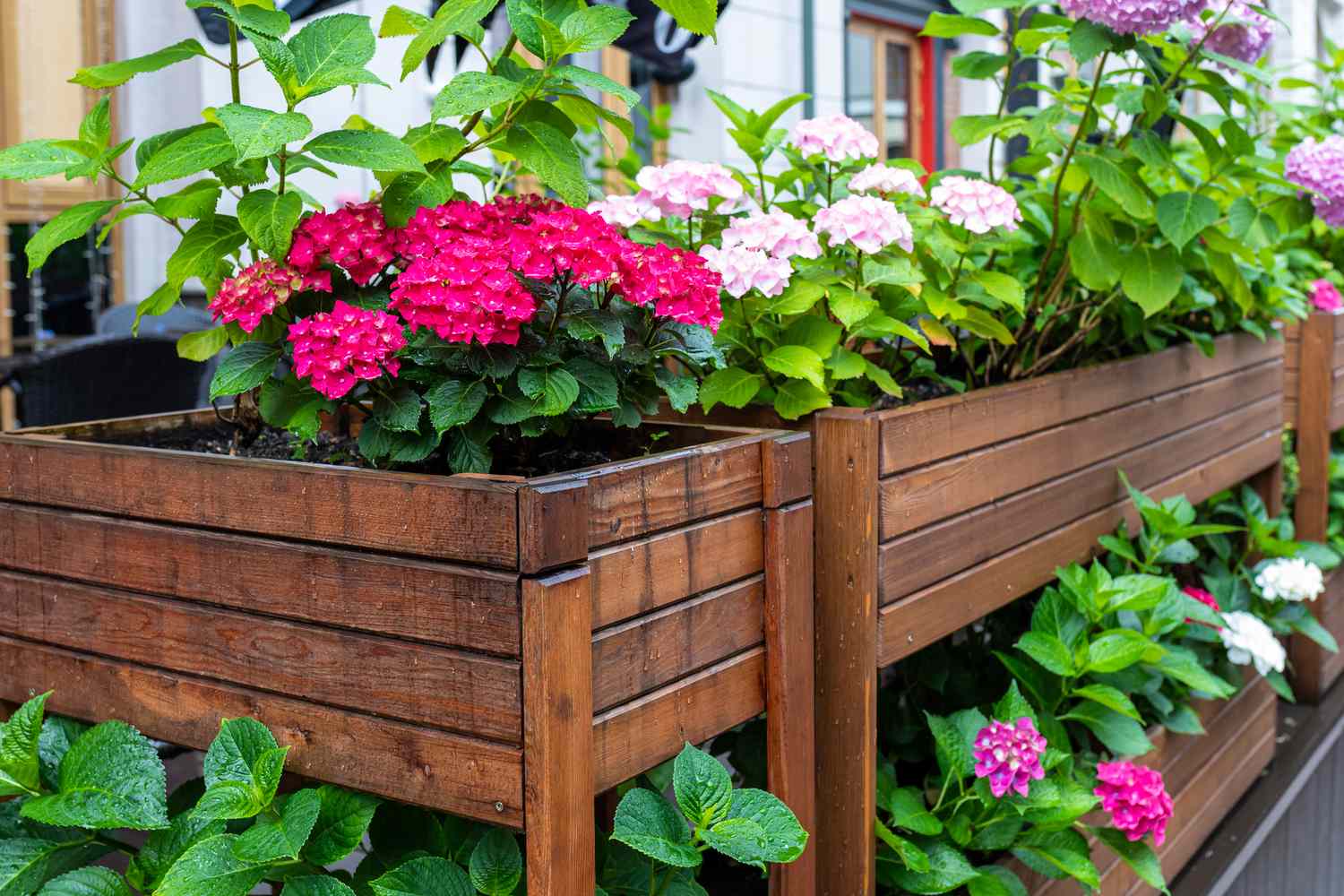

0 thoughts on “How High Should Raised Garden Bed Be”